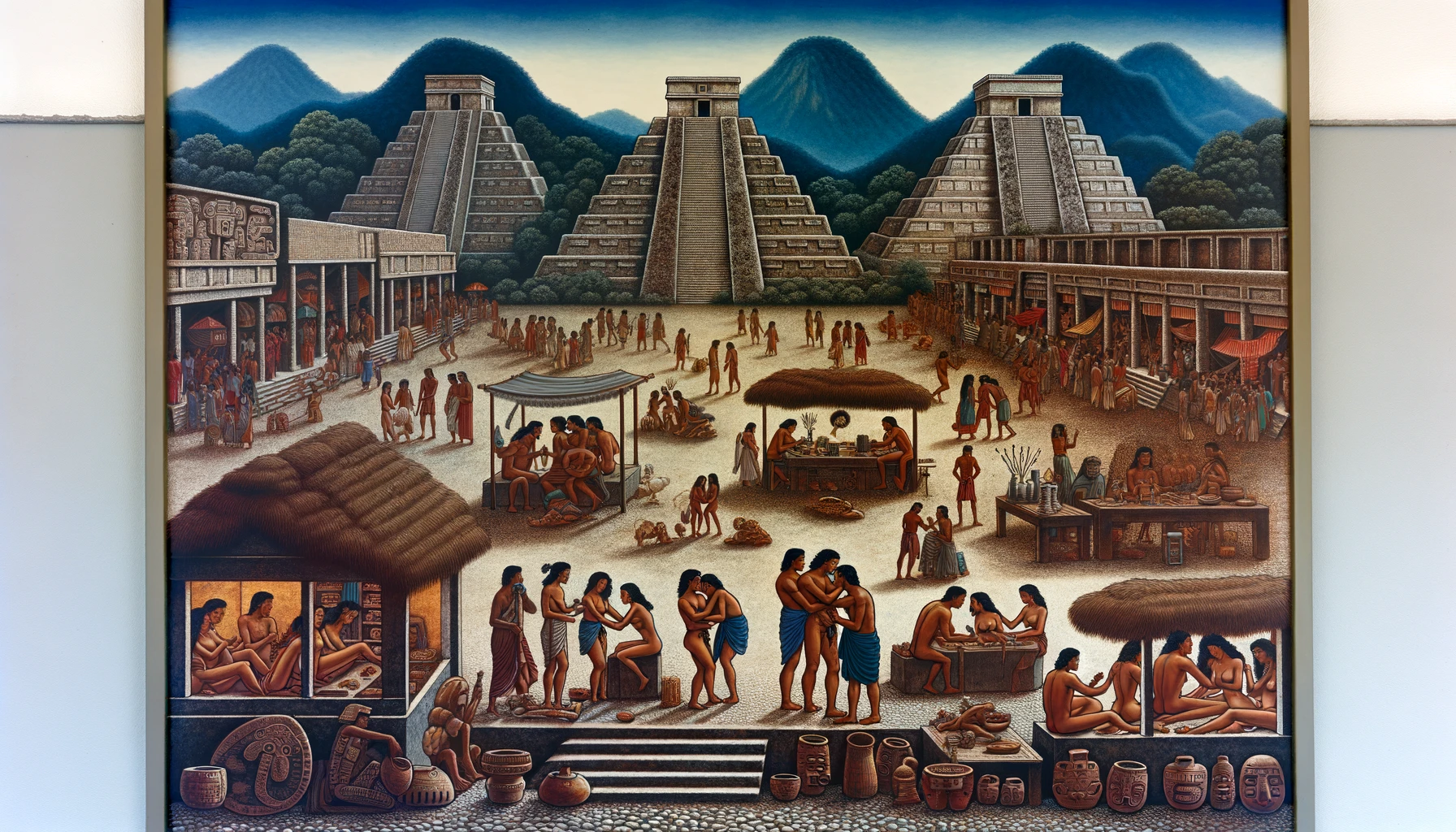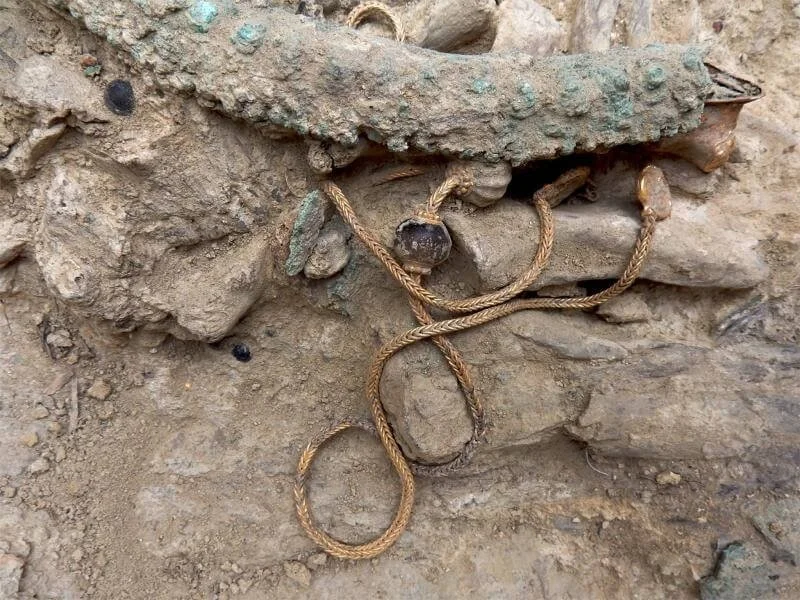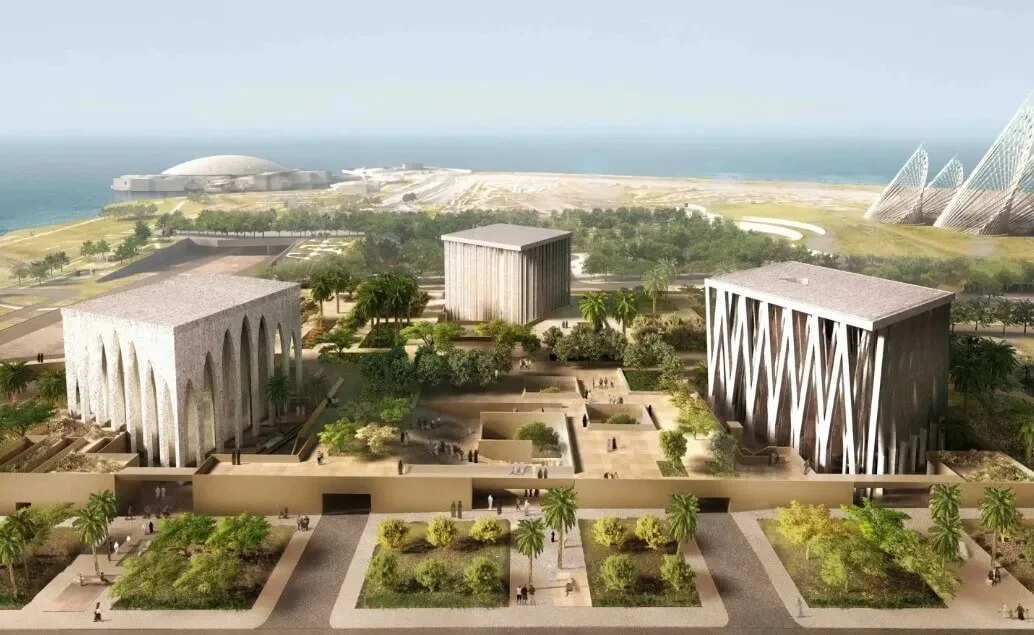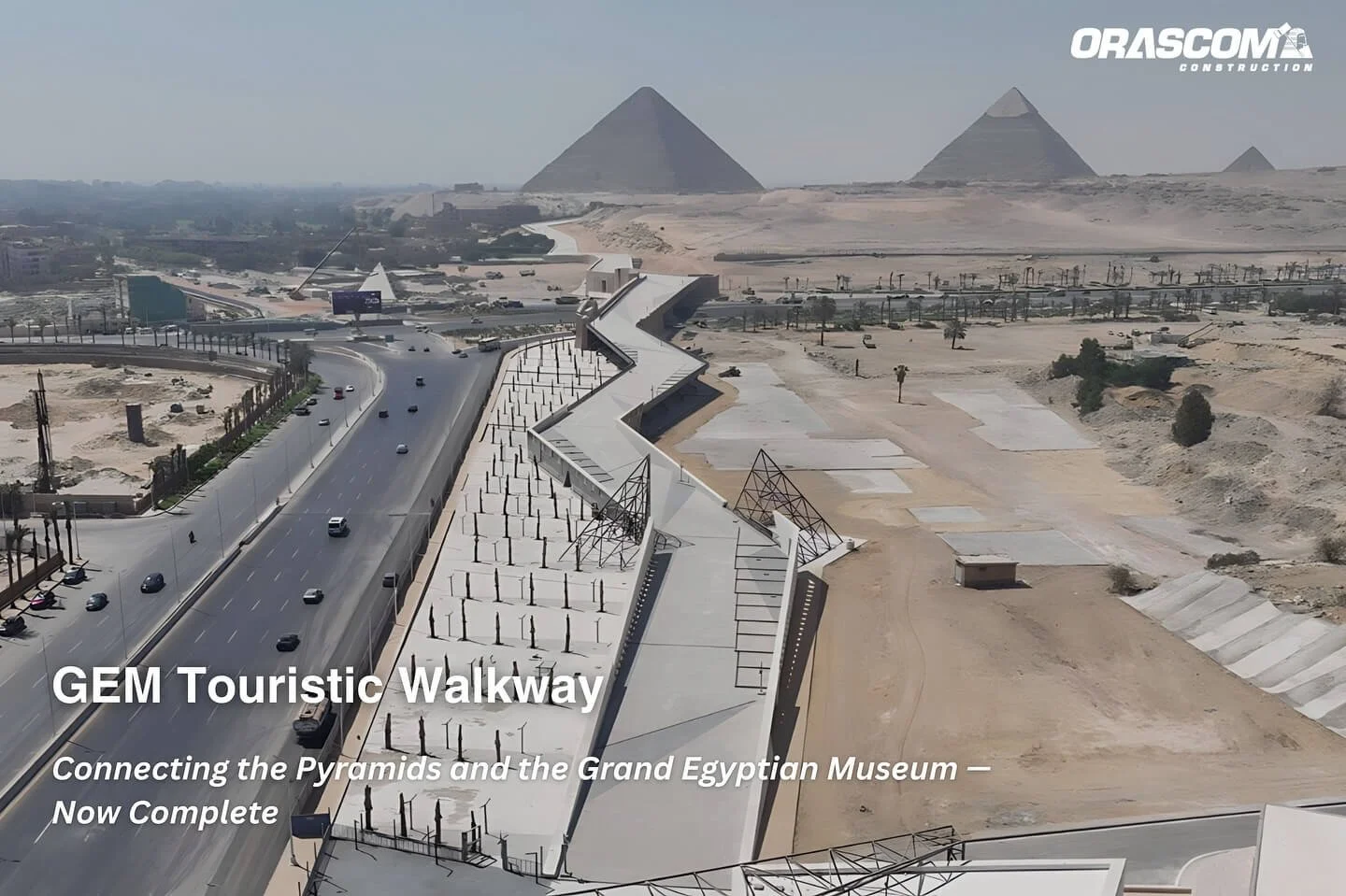Prostitution in ancient Mayan civilization is a subject with limited but intriguing evidence, offering glimpses into the complex social, cultural, and economic structures of the time. While not as extensively documented as in some other ancient cultures, the practice of prostitution likely existed and played various roles in Mayan society.
Social and Cultural Context
Mayan Society and Sexuality
The Mayans held intricate views on sexuality, often intertwining it with religious beliefs and practices. Sexuality was openly depicted in various forms of Mayan art, including pottery, murals, and carvings, which sometimes showcased erotic scenes. These depictions suggest that sexuality was not a taboo subject but rather an integral part of daily life and religious observance.
Mayan mythology and deities frequently contained sexual connotations, further emphasizing the central role of sexuality in their cultural and religious narratives. Gods and goddesses were often associated with fertility and procreation, indicating a reverence for sexual acts as vital components of life and spirituality.
Evidence of Prostitution
While direct evidence of prostitution in ancient Mayan civilization is sparse, there are suggestive references in Mayan codices and artifacts. The Dresden Codex, one of the few surviving pre-Columbian Mayan books, includes depictions that some scholars interpret as indicative of prostitution. These images and symbols require careful interpretation within the broader context of Mayan culture and beliefs.
Types of Prostitution
Sacred Prostitution
Some scholars propose that sacred prostitution might have existed in ancient Mayan society, where sexual acts were part of religious rituals. These acts could have been performed by temple attendants or priestesses as offerings to deities. While definitive evidence is lacking, parallels can be drawn from similar practices in other ancient Mesoamerican cultures, suggesting a potential ritualistic aspect to prostitution.
Common Prostitution
Common prostitution likely thrived in urban centers, particularly in larger cities like Tikal and Palenque. These cities were bustling hubs of trade and commerce, where various social interactions, including those involving sex work, could take place. Prostitutes may have operated in marketplaces and trade centers, providing services to a diverse clientele.
Regulation and Social Standing
Social Status
Prostitutes in ancient Mayan society likely occupied a lower social status, akin to their counterparts in many other ancient civilizations. However, their exact social standing within Mayan society remains unclear due to limited historical records. They might have been marginalized, but they also could have played essential roles in the social and economic structures of Mayan cities.
Regulation
There is little evidence of formal state regulation of prostitution in the Mayan civilization akin to the regulatory frameworks seen in ancient Greece or Rome. However, the presence of prostitution within religious practices suggests some form of societal oversight or acceptance. The regulation might have been informal or localized, governed by social norms rather than explicit laws.
Cultural Depictions
Art and Iconography
Mayan art provides valuable insights into their views on sexuality and prostitution. Erotic scenes in pottery and carvings may depict aspects of sexual commerce or ritualized sex. These depictions are often subtle and require careful interpretation within the broader context of Mayan symbolism and mythology. Understanding these artworks can shed light on the societal attitudes towards prostitution.
Literature and Codices
References in Mayan codices, while not explicit, hint at the existence of prostitution. These references are often symbolic and require interpretation by experts in Mayan language and culture. The codices, being among the few written records from the period, are crucial for understanding the societal frameworks and norms related to prostitution.
Economic Impact
Economic Role
Prostitution may have played a significant role in the economy of Mayan cities, particularly those involved in extensive trade networks. Sex work could have been a source of income for individuals, contributing to the urban economy. The presence of prostitutes in marketplaces and trade centers would have been part of the broader economic activities, similar to other ancient cultures.
Slavery and Prostitution
The intersection of slavery and prostitution is a probable aspect of Mayan society, as it was in many ancient civilizations. Enslaved individuals could have been forced into prostitution, though specific evidence from the Mayan context is limited. This aspect highlights the exploitation and economic dimensions of both slavery and prostitution in ancient Mayan society.
In conclusion Prostitution in ancient Mayan civilization, while not as thoroughly documented as in other ancient cultures, was likely present and played a role in the social, cultural, and economic fabric of Mayan society. The evidence, though sparse and often symbolic, suggests a nuanced view of sexuality and its integration into both religious and everyday life. Understanding prostitution in this context provides a broader perspective on the complexities of ancient Mayan civilization.
Sources
Sharer, R. J., & Traxler, L. P. (2006). The Ancient Maya. Stanford University Press.
Miller, M. E., & Taube, K. A. (1993). The Gods and Symbols of Ancient Mexico and the Maya: An Illustrated Dictionary of Mesoamerican Religion. Thames & Hudson.
Clendinnen, I. (1982). Ambivalent Conquests: Maya and Spaniard in Yucatan, 1517-1570. Cambridge University Press.
McAnany, P. A. (1995). Living with the Ancestors: Kinship and Kingship in Ancient Maya Society. University of Texas Press.







